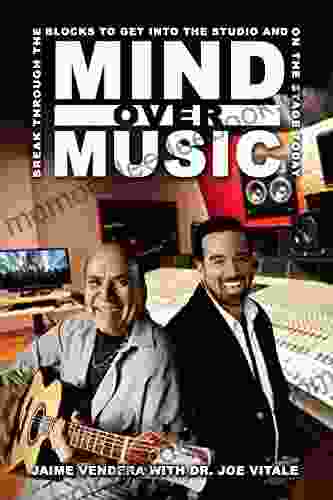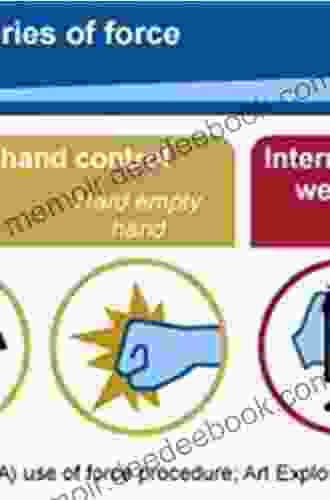Turning Text Into Gold: Taxonomies and Textual Analytics

In today's data-driven world, organizations are sitting on a gold mine of untapped information in the form of unstructured text. This text can be found in a variety of sources, such as customer surveys, social media posts, and product reviews. If organizations can find a way to extract the insights from this text, they can gain a competitive advantage by understanding their customers' needs, identifying trends, and making better decisions.
Taxonomies and textual analytics are two essential tools that organizations can use to turn text into gold. A taxonomy is a hierarchical classification system that can be used to organize and categorize text data. Textual analytics is a set of techniques that can be used to extract insights from text data.
In this article, we will discuss how taxonomies and textual analytics can be used to improve customer understanding, identify trends, and make better decisions. We will also provide some examples of how organizations are using these tools to improve their business outcomes.
4 out of 5
| Language | : | English |
| File size | : | 24516 KB |
| Text-to-Speech | : | Enabled |
| Enhanced typesetting | : | Enabled |
| Print length | : | 142 pages |
| Lending | : | Enabled |
| Screen Reader | : | Supported |
A taxonomy is a hierarchical classification system that can be used to organize and categorize data. Taxonomies are often used in libraries and museums to organize books and artifacts, but they can also be used to organize text data.
There are a number of different ways to create a taxonomy. One common approach is to use a top-down approach, where a general category is divided into more specific subcategories. For example, a taxonomy of animals might include the following categories:
- Vertebrates
- Mammals
- Primates
- Humans
- Primates
- Birds
- Fish
- Mammals
- Invertebrates
- Insects
- Arachnids
- Mollusks
Another approach to creating a taxonomy is to use a bottom-up approach, where specific terms are grouped into more general categories. For example, a taxonomy of customer feedback might include the following terms:
- Excellent
- Good
- Fair
- Poor
- Terrible
These terms could then be grouped into the following categories:
- Positive
- Negative
- Neutral
Textual analytics is a set of techniques that can be used to extract insights from text data, search engine optimization, natural language processing (NLP),machine learning (ML),and statistical analysis are all used in textual analytics to identify patterns, trends, and relationships in text data.
Textual analytics can be used for a variety of purposes, including:
- Customer understanding: Textual analytics can be used to analyze customer surveys, social media posts, and product reviews to gain a better understanding of customer needs and wants.
- Trend identification: Textual analytics can be used to identify trends in customer sentiment, product usage, and industry news.
- Decision making: Textual analytics can be used to help organizations make better decisions by providing insights into customer behavior, market trends, and competitive threats.
- targeted content recommendation (TCR).
Taxonomies and textual analytics can be used together to improve the accuracy and effectiveness of text analysis. A taxonomy can be used to organize and categorize text data, making it easier to extract insights from the data. Textual analytics can then be used to identify patterns, trends, and relationships within the text data.
For example, a company might use a taxonomy to categorize customer feedback into positive, negative, and neutral categories. The company could then use textual analytics to identify the key themes and drivers of customer satisfaction and dissatisfaction. This information could then be used to improve product development, marketing, and customer service.
Another way that taxonomies and textual analytics can be used together is to create a knowledge graph. A knowledge graph is a network of interconnected concepts and relationships. Taxonomies can be used to create the structure of a knowledge graph, and textual analytics can be used to populate the knowledge graph with data.
Knowledge graphs can be used for a variety of purposes, including:
- Search engine optimization (SEO): Knowledge graphs can be used to improve the visibility of a website in search results.
- Customer service: Knowledge graphs can be used to provide customers with quick and easy access to information.
- Decision making: Knowledge graphs can be used to help organizations make better decisions by providing insights into customer behavior, market trends, and competitive threats.
A number of organizations are using taxonomies and textual analytics to improve their business outcomes. Here are a few examples:
- Walmart uses a taxonomy to categorize its vast product catalog. This taxonomy helps Walmart organize its products and make them easier for customers to find. Walmart also uses textual analytics to analyze customer feedback and identify trends in customer sentiment. This information helps Walmart improve its product development, marketing, and customer service.
- Amazon uses a knowledge graph to power its search engine. This knowledge graph contains information about products, customers, and sellers. Amazon uses textual analytics to populate the knowledge graph with data from customer reviews, product descriptions, and other sources. This knowledge graph helps Amazon provide customers with relevant search results and product recommendations.
- Google uses textual analytics to analyze search queries and identify the intent of users. This information helps Google improve its search results and provide users with the most relevant information. Google also uses textual analytics to analyze news articles and other content to identify trends and insights. This information helps Google provide users with the most up-to-date and relevant news and information.
Taxonomies and textual analytics are two essential tools that organizations can use to turn text into gold. By organizing and categorizing text data, taxonomies make it easier to extract insights from the data. Textual analytics can then be used to identify patterns, trends, and relationships within the text data.
Organizations that use taxonomies and textual analytics can gain a competitive advantage by understanding their customers' needs, identifying trends, and making better decisions.
Here are a few tips for getting started with taxonomies and textual analytics:
- Start small. Don't try to implement a taxonomy or textual analytics project that is too large or complex. Start with a small project that you can manage and complete successfully.
- Get buy-in from stakeholders. It is important to get buy-in from stakeholders before implementing a taxonomy or textual analytics project. Stakeholders need to understand the benefits of the project and be willing to support it.
- Use the right tools. There are a number of different software tools available that can help you create and manage taxonomies and perform textual analytics. Choose a tool that is right for your needs and budget.
- Get training. There are a number of resources available to help you get training on taxonomies and textual analytics. Take advantage of these resources to learn how to use these tools effectively.
By following these tips, you can increase your chances of success with taxonomies and textual analytics.
4 out of 5
| Language | : | English |
| File size | : | 24516 KB |
| Text-to-Speech | : | Enabled |
| Enhanced typesetting | : | Enabled |
| Print length | : | 142 pages |
| Lending | : | Enabled |
| Screen Reader | : | Supported |
Do you want to contribute by writing guest posts on this blog?
Please contact us and send us a resume of previous articles that you have written.
 Book
Book Novel
Novel Text
Text Story
Story Reader
Reader E-book
E-book Magazine
Magazine Bookmark
Bookmark Shelf
Shelf Glossary
Glossary Bibliography
Bibliography Foreword
Foreword Preface
Preface Synopsis
Synopsis Manuscript
Manuscript Tome
Tome Bestseller
Bestseller Classics
Classics Library card
Library card Biography
Biography Reference
Reference Dictionary
Dictionary Narrator
Narrator Character
Character Resolution
Resolution Card Catalog
Card Catalog Borrowing
Borrowing Archives
Archives Study
Study Scholarly
Scholarly Lending
Lending Reserve
Reserve Literacy
Literacy Study Group
Study Group Thesis
Thesis Dissertation
Dissertation Awards
Awards Reading List
Reading List Theory
Theory Textbooks
Textbooks Barry Hollembeak
Barry Hollembeak Piper Thibodeau
Piper Thibodeau Candace Pearson
Candace Pearson Susan Larson
Susan Larson Leil Lowndes
Leil Lowndes The Washington Post
The Washington Post Nick Psaris
Nick Psaris Thomas G Mahnken
Thomas G Mahnken Lea Geller
Lea Geller Dennis Prager
Dennis Prager Kristin Riddick
Kristin Riddick Alice Clayton
Alice Clayton Brendan Bruce
Brendan Bruce Jessica Grimsley
Jessica Grimsley Emile Zola
Emile Zola Alexis S Silver
Alexis S Silver Algernon Blackwood
Algernon Blackwood Alfred Russel Wallace
Alfred Russel Wallace David Conger
David Conger Alfons Seidl
Alfons Seidl
Light bulbAdvertise smarter! Our strategic ad space ensures maximum exposure. Reserve your spot today!

 Douglas AdamsWilliam Jiang's Kyoto Photo Album: A Captivating Odyssey into the Heart of...
Douglas AdamsWilliam Jiang's Kyoto Photo Album: A Captivating Odyssey into the Heart of...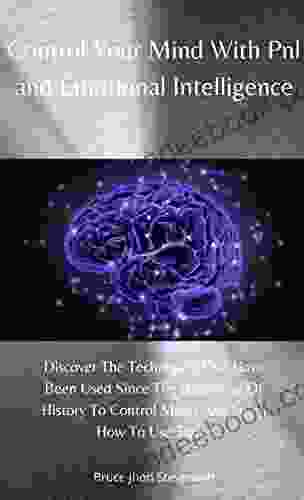
 Calvin FisherDiscover The Techniques That Have Been Used Since The Beginning Of History To
Calvin FisherDiscover The Techniques That Have Been Used Since The Beginning Of History To
 Adrien BlairEscape into the Enchanting Embrace of Standalone Enemies-to-Lovers Holiday...
Adrien BlairEscape into the Enchanting Embrace of Standalone Enemies-to-Lovers Holiday... Dawson ReedFollow ·2.7k
Dawson ReedFollow ·2.7k Randy HayesFollow ·19.6k
Randy HayesFollow ·19.6k Brett SimmonsFollow ·8.1k
Brett SimmonsFollow ·8.1k Greg CoxFollow ·17.2k
Greg CoxFollow ·17.2k Rex HayesFollow ·4.7k
Rex HayesFollow ·4.7k Junot DíazFollow ·16.9k
Junot DíazFollow ·16.9k Clay PowellFollow ·12.8k
Clay PowellFollow ·12.8k Truman CapoteFollow ·7.6k
Truman CapoteFollow ·7.6k

 Vernon Blair
Vernon BlairHow to Get a Woman to Pay for You: A Comprehensive Guide...
In the modern dating...
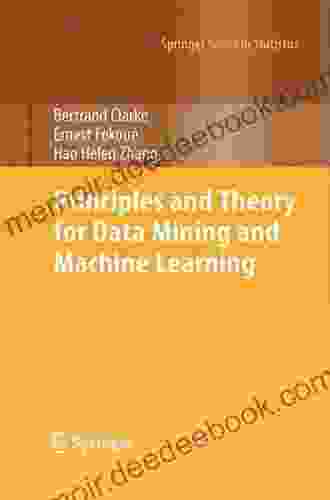
 Levi Powell
Levi PowellPrinciples and Theory for Data Mining and Machine...
Data mining and machine learning are two...
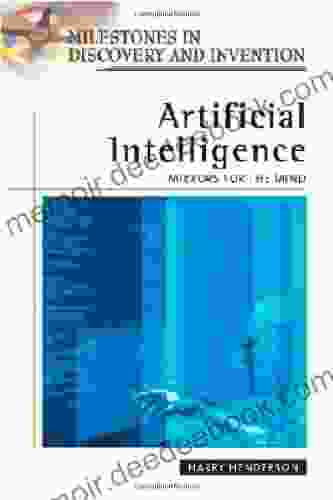
 Andrew Bell
Andrew BellMirrors For The Mind: Milestones In Discovery And...
Mirrors have been a part of human history...
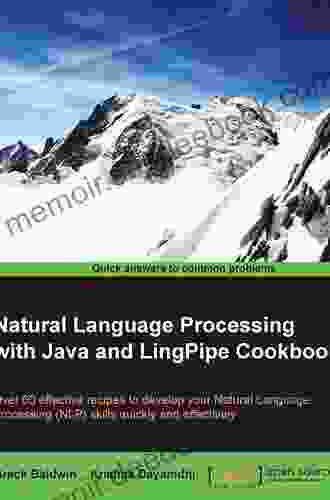
 Alec Hayes
Alec HayesDelving into Natural Language Processing with Java and...
Natural Language Processing (NLP) is an...
4 out of 5
| Language | : | English |
| File size | : | 24516 KB |
| Text-to-Speech | : | Enabled |
| Enhanced typesetting | : | Enabled |
| Print length | : | 142 pages |
| Lending | : | Enabled |
| Screen Reader | : | Supported |



